There has been a lot of confusion between Japanese Ryokans & Onsens. Because my articles attract a lot of first-time travelers to the Land of the Rising Sun, they also understandably so, beg a lot of questions. One question I often get, however, tends to confuse even experienced Japan travelers: Are ryokans & onsens the same thing?
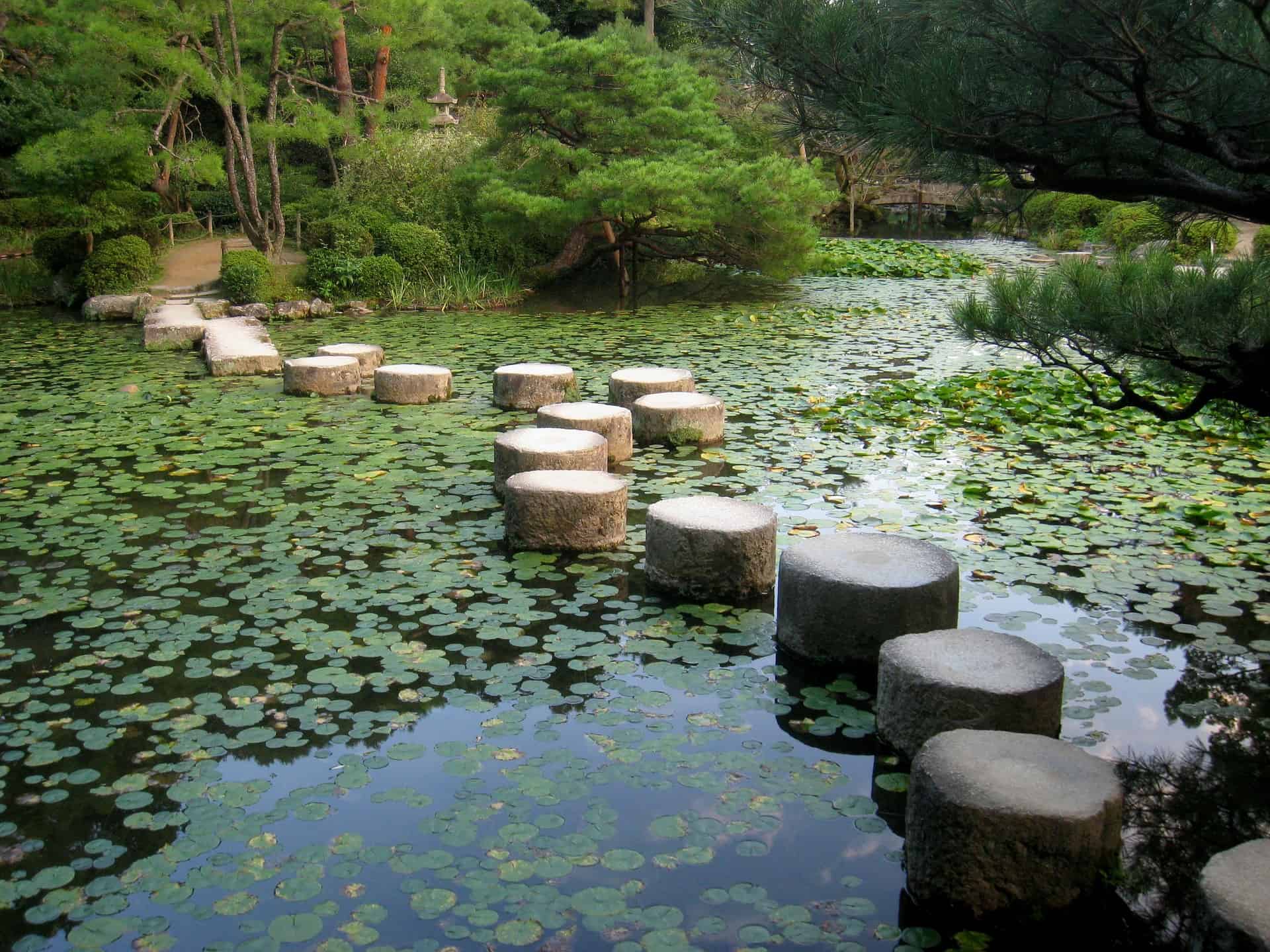
The short answer is “no”; the long answer is a sort of Venn diagram. I’m better at writing than I am at drawing, however, so I’ve put together a concise blog post that compares and contrasts ryokans & onsens, using real-life examples whenever possible. 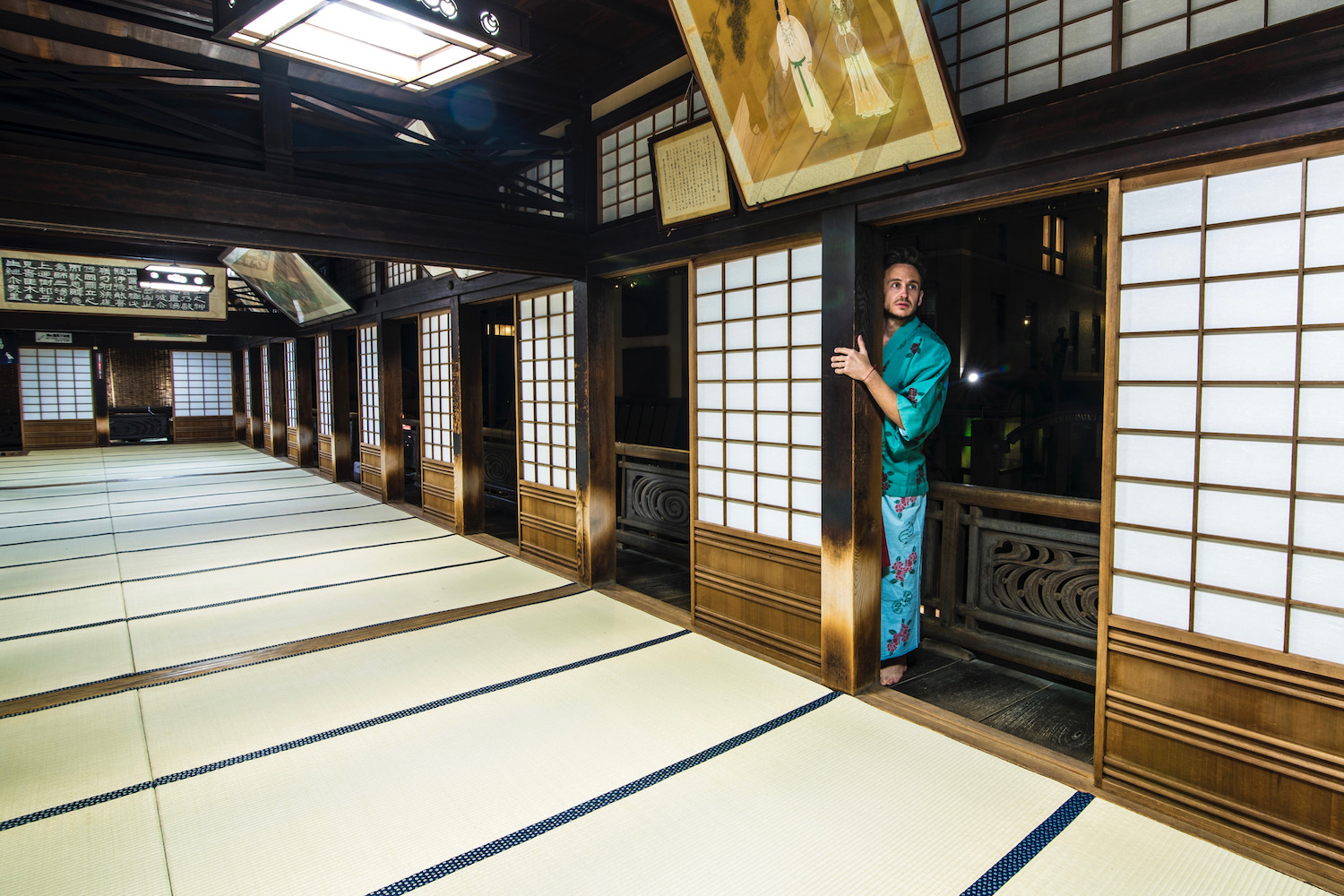
What is an Onsen?
Generally speaking, the word onsen refers to any hot spring in Japan, be it a public bath in a city or town, or a private bathing area inside a hotel or inn. It’s important to note that what distinguishes an onsen from an ordinary bath is that it is fed by a natural hot spring, even if the bath tub or bathing area itself is artificial.
What is a Ryokan?
In addition to being the oldest type of hotel in the world, the ryokan is defined by a few features, chief among them tatami mats for sleeping. While most ryokans feature communal baths and other areas where guests may walk around dress in yukatas, this is not necessary. The price of a ryokan often includes breakfast and dinner.
Are All Onsens Also Ryokans?
Not all onsens have their own accommodations or are situated particularly close to them. For example, I visited a public onsen on Yakushima Island, and the nearest guest house was mine, a 20-minute walk away. On the other hand, while Dogo Onsen in Shikoku has many hotels nearby, including some ryokans, it is not itself a ryokan.
Do All Ryokans Have Onsens?
While the majority of ryokans have some sort of public bathing area, this is not true in every case. For example, some ryokans feature a bath, but it’s not fed by a hot spring so it can’t be thought of as an onsen. Other ryokans simply lack a public bathing area, for one reason or another. If your ryokan doesn’t have an onsen, there’s probably a public one nearby, so no need to worry.
Japan’s Best Ryokans & Onsens
Takaragawa Onsen in Gunma prefecture is probably the best-loved ryokan in all of Japan, in large part because of the beautiful outdoor onsen on its premises. Other amazing ryokans I’ve stayed at include Tokiwa Hotel (a favorite of the royal family) in Kofu, Yamanashi, the convenient Ryokan Kyoraku in Kyoto and simple Homeikan, which is one of the only ryokans in Tokyo.

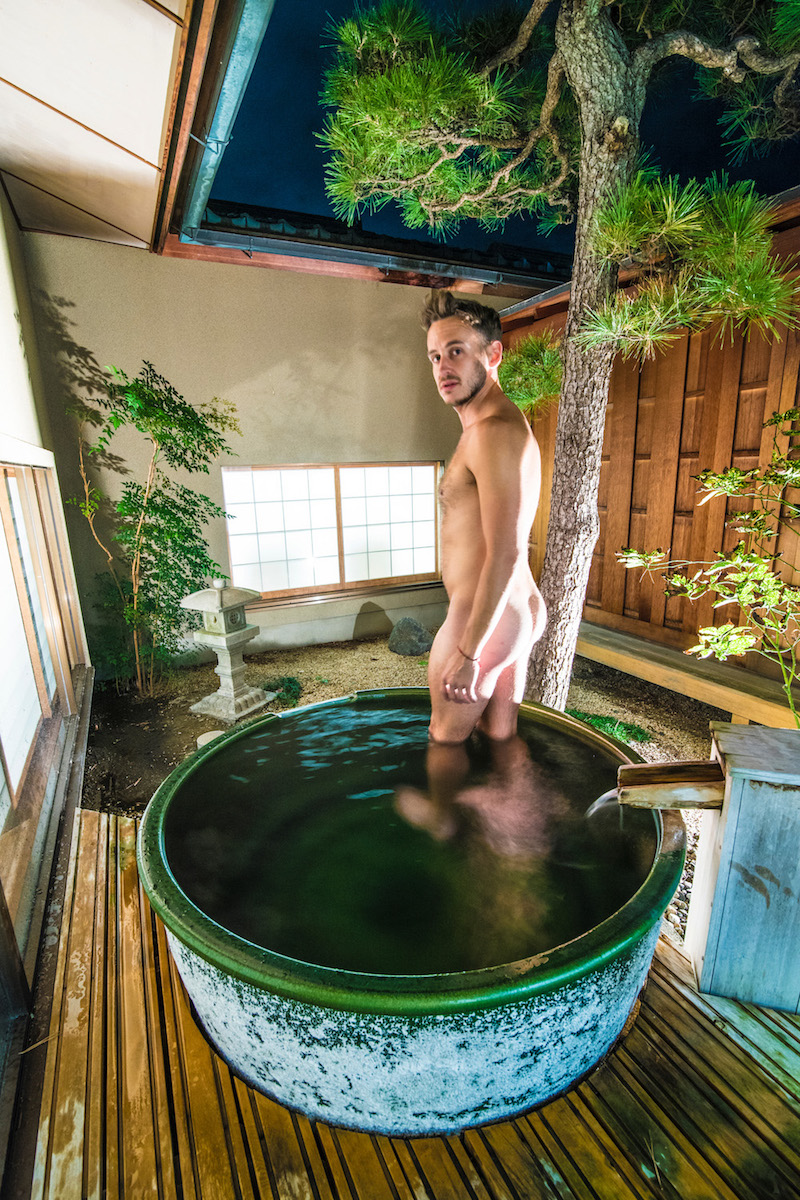
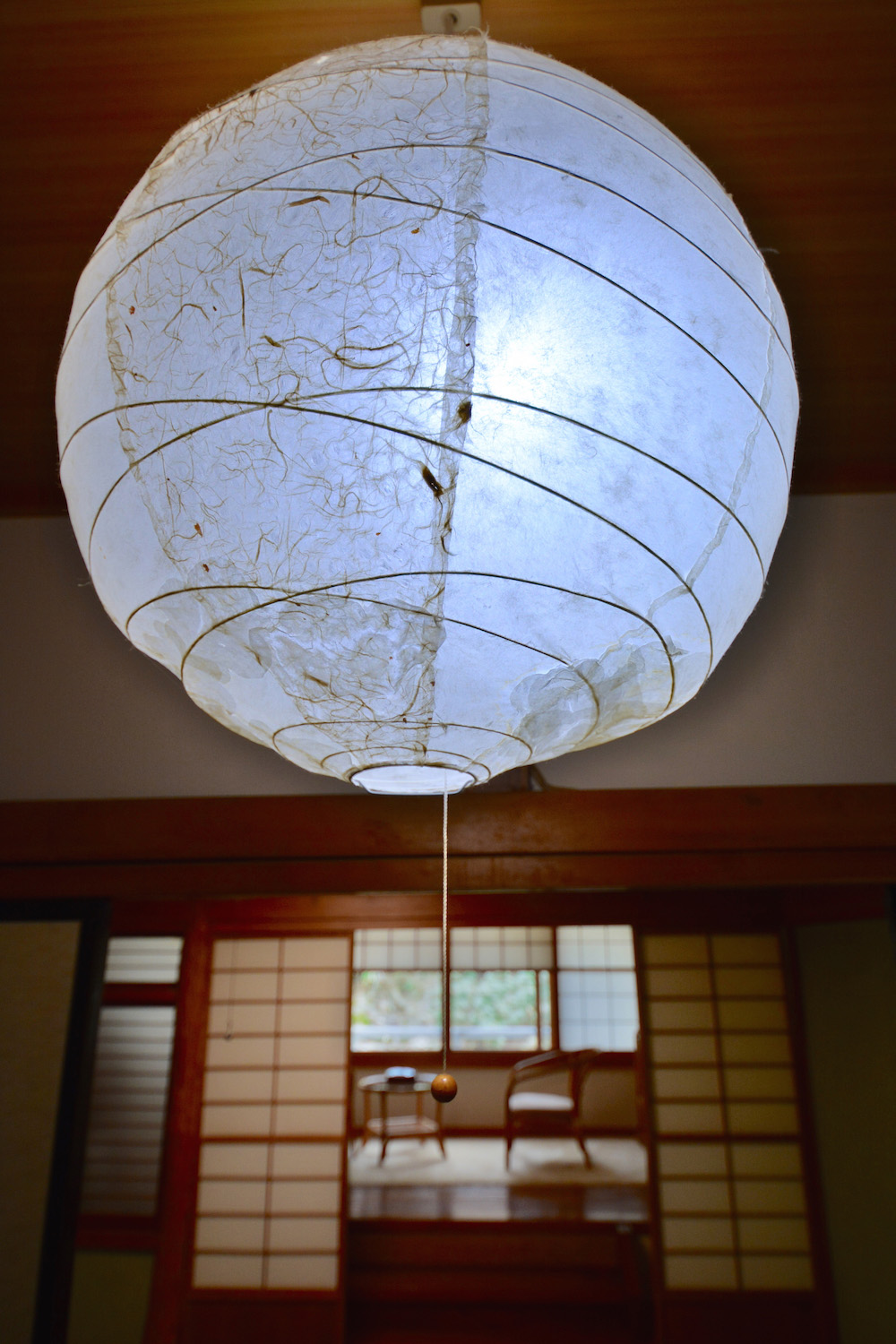
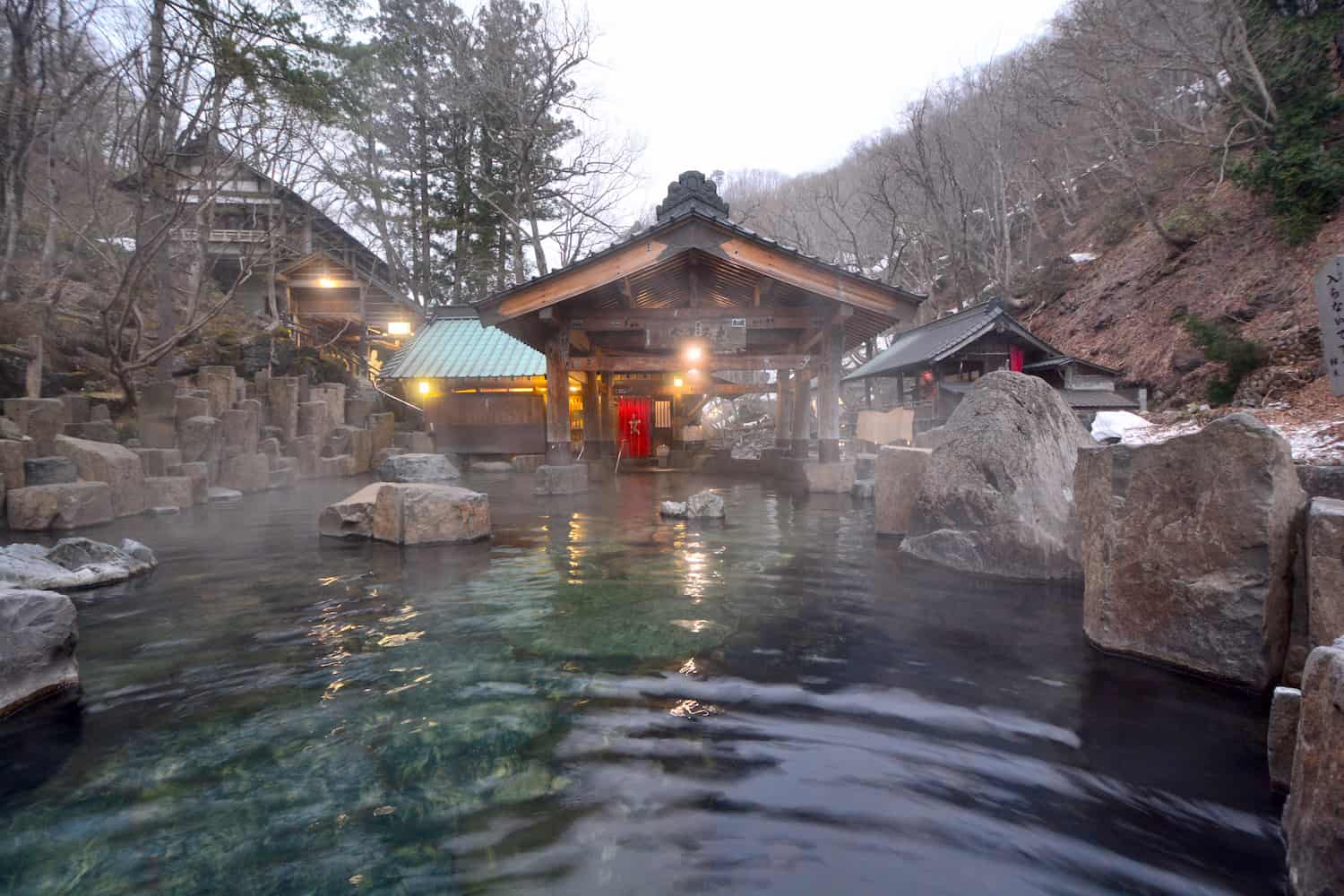
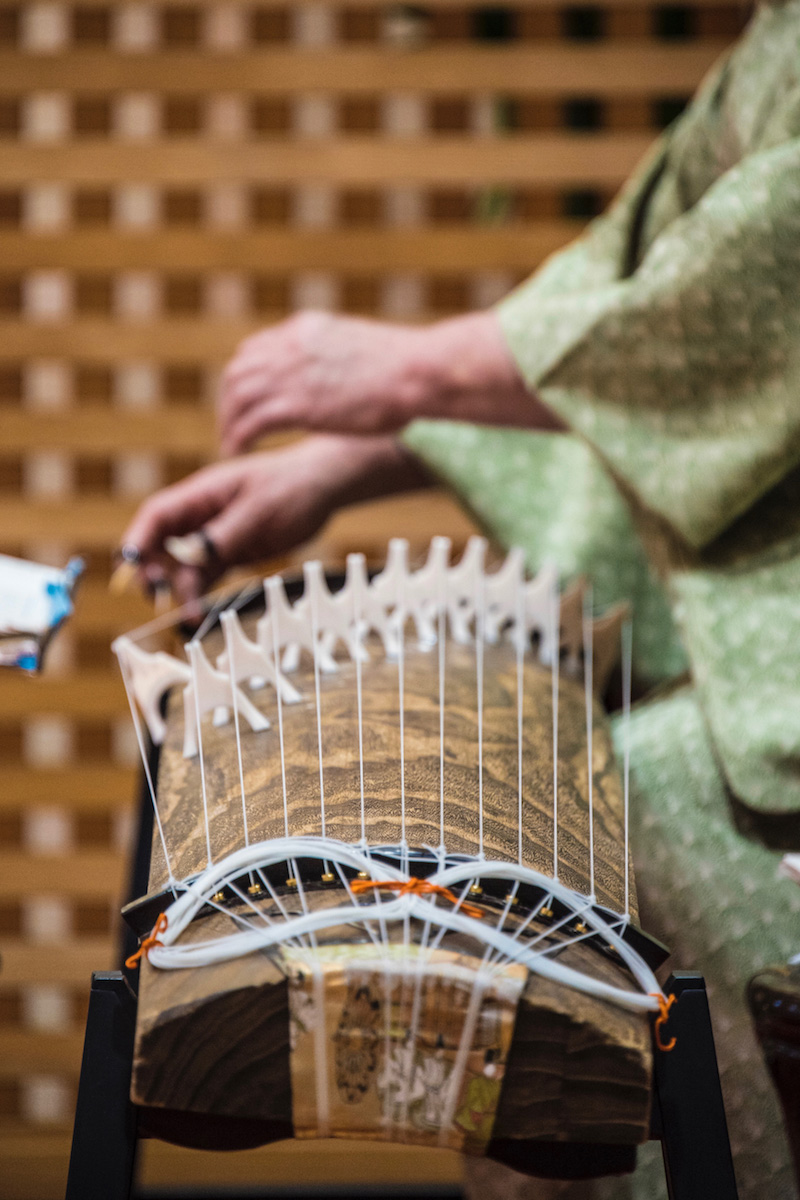
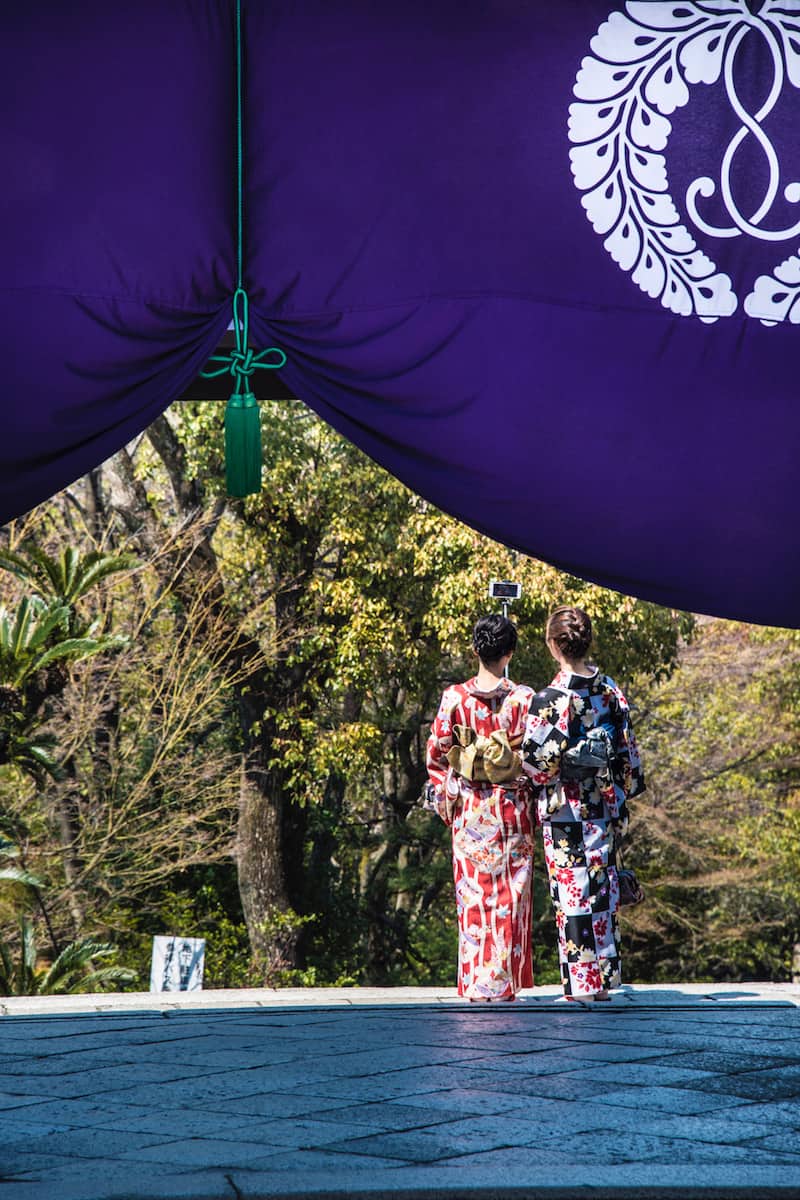

As far as onsens are concerned, I really enjoyed the historical atmosphere of the aforementioned Dogo Onsen, but to be honest, I haven’t visited many other public onsens in Japan. That’s because I usually select ryokans that have on-site onsens!
The Bottom Line
Ryokans & onsens aren’t the same thing, but they’re both essential to the Japan travel experience. Even if you stay in a ryokan that happens to have an onsen, or bathe in an onsen with a ryokan on-site, you should visit standalone onsens and ryokans as well. Whether you’re looking for a complete itinerary or just a place to start planning your trip, make sure to check out my guide to three weeks in Japan.

Robert Schrader is a travel writer and photographer who’s been roaming the world independently since 2005, writing for publications such as “CNNGo” and “Shanghaiist” along the way. His blog, Leave Your Daily Hell, provides a mix of travel advice, destination guides and personal essays covering the more esoteric aspects of life as a traveler.








